20 Dinner Hacks That Keep Health On Your Plate
Making dinner healthy doesn’t have to feel like solving a puzzle.
Small changes in how you cook, what you choose, and how you serve your meals can transform your evening routine into something that nourishes your body and tastes amazing. Ready to discover simple tricks that make eating well at dinnertime easier than ever?
1. Load Half Your Plate With Veggies
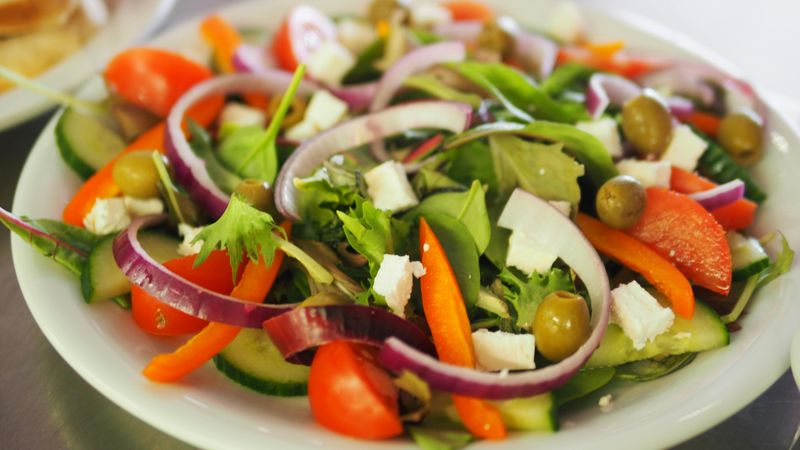
Picture your dinner plate as a canvas. Before adding anything else, fill half of it with colorful vegetables like broccoli, carrots, or peppers.
You’ll automatically eat more nutrients and fiber while leaving less room for heavier foods. Plus, all those colors make your meal look restaurant-worthy!
Your body gets vitamins, your eyes get a treat, and your stomach stays satisfied longer.
2. Choose Lean Proteins

Protein keeps you full and helps build strong muscles, but not all proteins are created equal. Chicken breast, fish, turkey, and plant-based options like tofu pack plenty of power without excess fat.
Swapping fatty cuts for leaner choices means you get all the benefits without feeling weighed down.
3. Go Whole Grain Whenever Possible
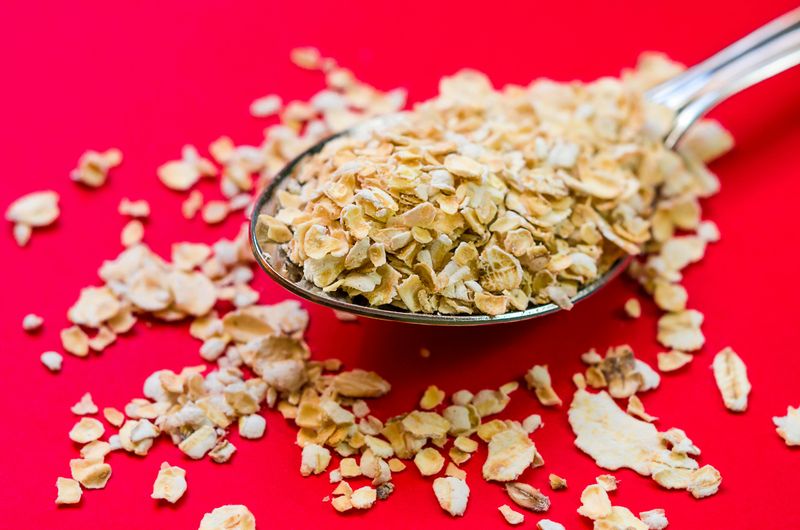
White bread and white rice taste fine, but whole grains bring so much more to the table. Brown rice, quinoa, and whole wheat pasta deliver fiber that keeps your digestive system happy and your blood sugar steady.
Making the switch is easier than you think.
Just grab the brown version next time you’re shopping!
4. Limit Added Sugars
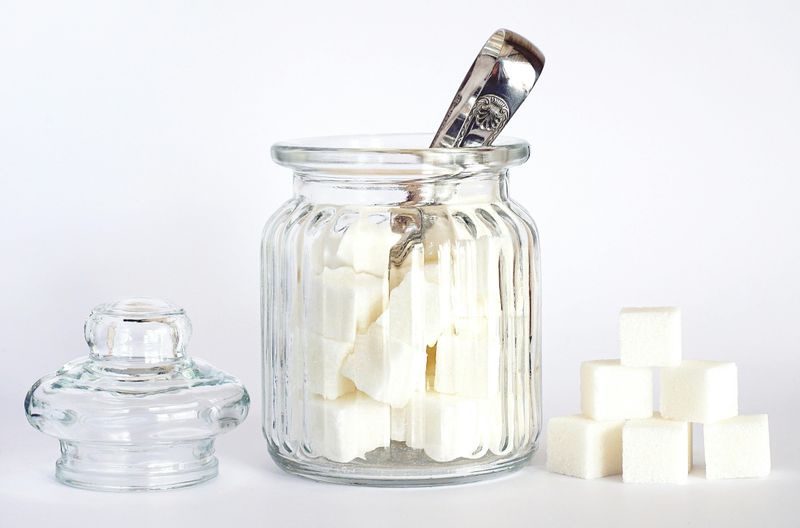
Sneaky sugars hide in sauces, dressings, and marinades, turning healthy meals into sugar bombs without you realizing it. Reading labels helps you spot culprits like high-fructose corn syrup or anything ending in “ose.”
Cutting back doesn’t mean boring food.
Natural flavors from spices and fresh ingredients taste even better once your taste buds adjust!
5. Use Healthy Fats
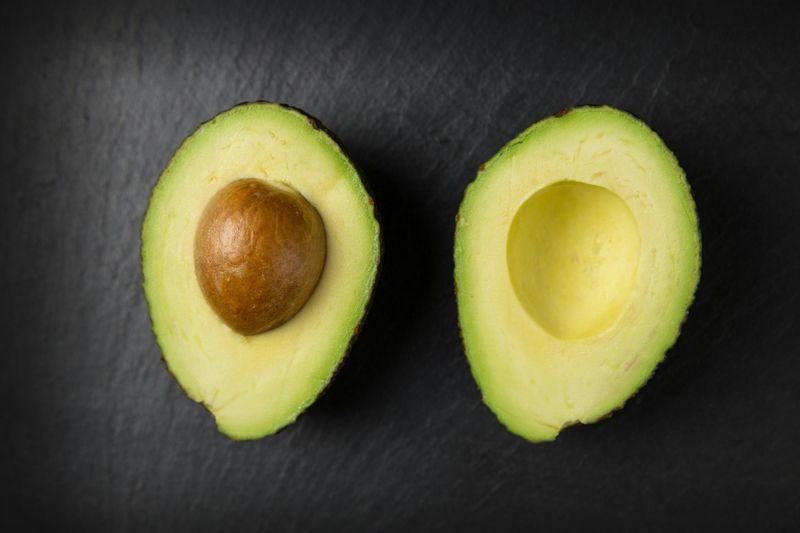
Not all fats deserve a bad reputation. Olive oil, avocados, nuts, and fatty fish like salmon contain fats your body actually needs to function properly.
Drizzle olive oil over roasted veggies or toss sliced avocado into your salad.
You’ll feel more satisfied after eating, and your heart will be healthier too. Win-win situation right there!
6. Season With Herbs Instead Of Salt

Salt makes food tasty, but too much can mess with your blood pressure and make you feel bloated. Herbs like basil, rosemary, cilantro, and thyme bring incredible flavor without any downsides.
Experiment with different combinations to find your favorites.
Soon you won’t even miss that salt shaker sitting on the table!
7. Drink Water With Your Meal

Soda and juice might taste good, but they pack tons of empty calories that do nothing for your health. Water hydrates you perfectly without adding sugar or artificial ingredients to your meal.
Add lemon or cucumber slices if plain water feels too boring.
Your body stays hydrated, and you save those calories for actual food!
8. Practice Portion Control

Bigger isn’t always better when it comes to portions. Using smaller plates tricks your brain into thinking you’re eating more than you actually are.
Serve yourself reasonable amounts and wait before going back for seconds.
Often, your stomach just needs time to tell your brain it’s satisfied. Patience pays off here!
9. Cook At Home More Often

Restaurant meals taste amazing but often contain way more butter, salt, and oil than you’d use at home. When you cook yourself, you control exactly what goes into your food and how much.
Even simple recipes can be delicious and nutritious.
Plus, cooking skills improve with practice, making you more confident in the kitchen!
10. Try Meatless Mondays

Going meatless once a week gives your body a break while reducing your environmental footprint. Beans, lentils, tofu, and chickpeas provide plenty of protein without any animal products.
You might discover new favorite recipes you never would have tried otherwise.
Who knows? Maybe Monday will become your most anticipated dinner night!
11. Swap Creamy Sauces For Yogurt-Based

Heavy cream sauces taste rich but pack tons of saturated fat and calories that can slow you down. Greek yogurt creates the same creamy texture while adding protein and probiotics that help your gut.
Mix in garlic, dill, or lemon for amazing flavor.
You honestly won’t miss the heavy stuff once you taste how good this feels!
12. Roast Or Steam Instead Of Frying
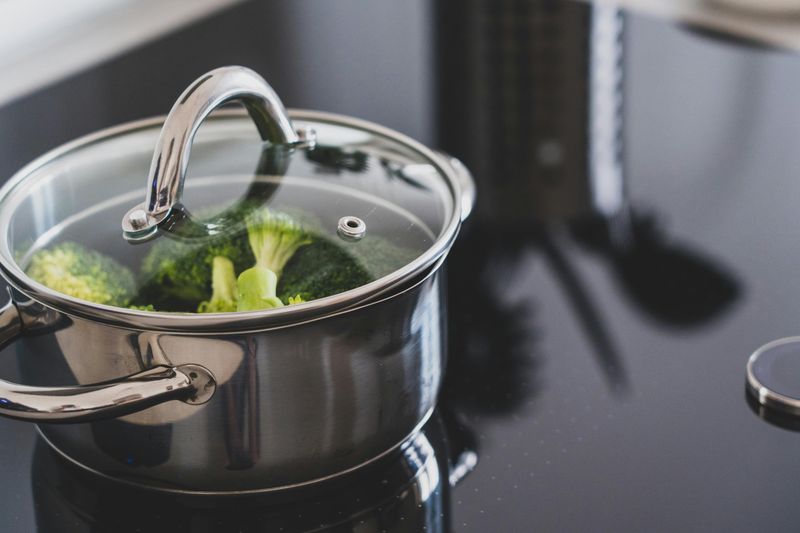
Frying food adds tons of unnecessary oil and calories while potentially creating harmful compounds at high temperatures. Roasting brings out natural sweetness in vegetables, while steaming preserves nutrients perfectly.
Both methods keep food light and flavorful.
Your taste buds adapt quickly, and soon fried food will seem too greasy to enjoy anyway!
13. Add Beans Or Lentils For Fiber
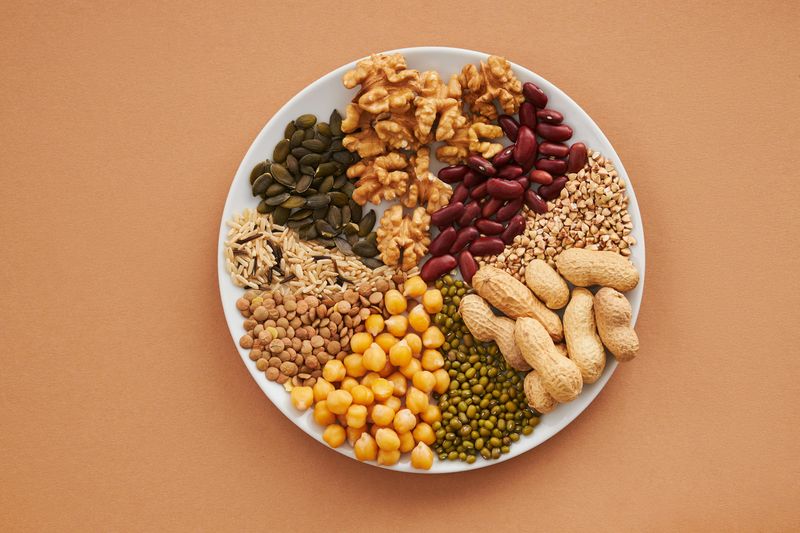
Fiber keeps your digestive system running smoothly and helps you feel full longer after eating. Beans and lentils are fiber superstars that also provide plant-based protein and important minerals.
Toss them into soups, salads, or grain bowls.
They’re cheap, versatile, and absolutely packed with nutrition your body craves. Seriously underrated ingredients!
14. Include A Variety Of Colors
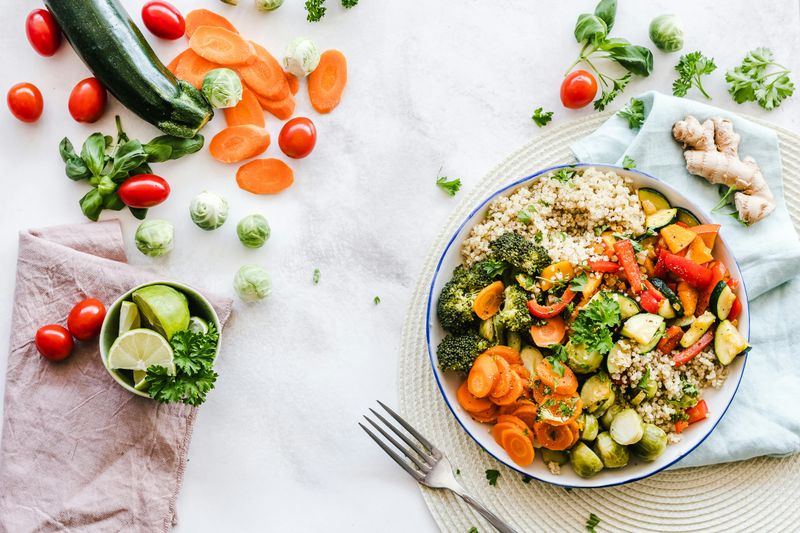
Different colored foods contain different vitamins and antioxidants your body needs to stay healthy. Red tomatoes, orange carrots, yellow peppers, green spinach, and purple cabbage each bring unique benefits.
Eating the rainbow ensures you’re getting a wide range of nutrients.
Plus, colorful plates look way more appetizing than boring beige meals. Eye candy counts!
15. Limit Processed Foods
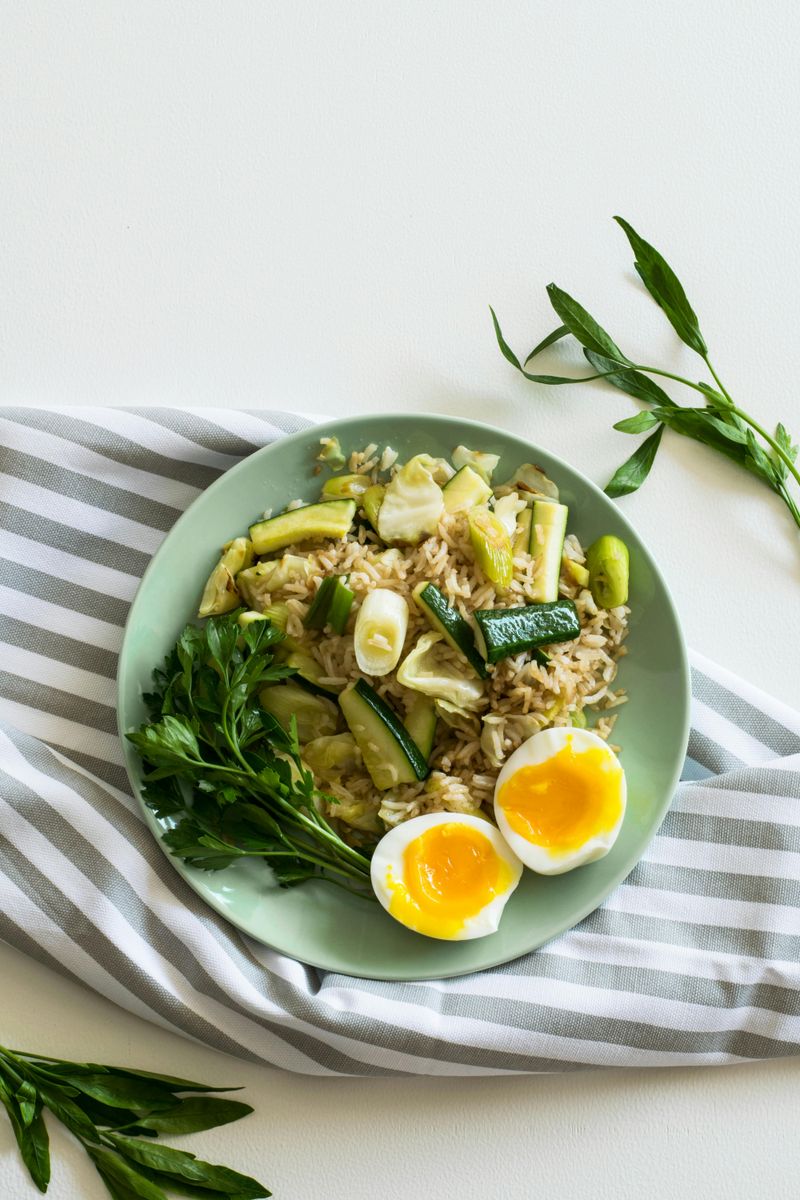
Packaged and processed foods often contain preservatives, artificial colors, and weird ingredients you can’t pronounce. Whole foods like fresh vegetables, grains, and lean proteins give your body real nutrition it recognizes and uses efficiently.
Reading ingredient lists helps you make smarter choices.
Simpler is usually better when it comes to what you eat!
16. Opt For Homemade Dressings

Store-bought dressings hide surprising amounts of sugar, salt, and preservatives that you really don’t need. Making your own takes just minutes and lets you control every ingredient that goes in.
Olive oil, vinegar, lemon juice, and herbs create delicious combinations.
Once you taste homemade, bottled dressing will seem weirdly artificial and overly sweet. Total game-changer!
17. Use Citrus For Flavor Boost

Lemon, lime, orange, and grapefruit add bright, tangy flavors that wake up your taste buds without adding calories or sodium. A squeeze of citrus over fish, chicken, or vegetables transforms ordinary dishes into something special.
The acidity also helps your body absorb certain nutrients better.
Keep citrus stocked for instant flavor upgrades anytime!
18. Don’t Skip Breakfast Prep For Dinner
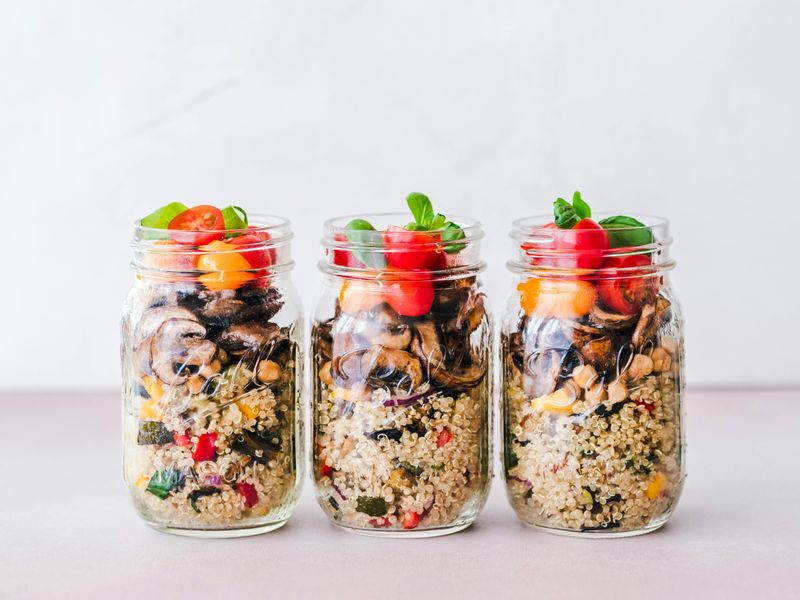
Morning routines set the tone for your entire day, including dinner decisions. When you prep breakfast ingredients the night before, you can also chop vegetables or marinate proteins for dinner.
Having components ready eliminates the tired excuse to order takeout later.
A little morning effort saves you from unhealthy choices when you’re exhausted at dinnertime!
19. Keep Healthy Snacks On Hand
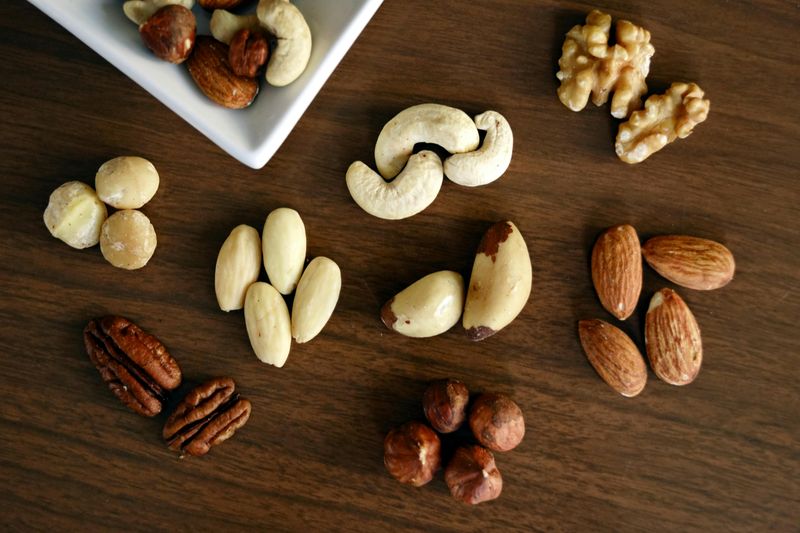
When hunger strikes between meals, having nutritious snacks available prevents you from raiding the pantry for chips or cookies. Cut vegetables, fruit, nuts, and yogurt satisfy cravings while keeping your nutrition goals on track.
Prep snacks during meal prep sessions.
You’ll reach for what’s convenient, so make healthy options the easiest choice possible!
20. Listen To Your Hunger Cues

Your body sends signals when it’s truly hungry versus just bored or stressed. Eating slowly and paying attention helps you recognize when you’re actually satisfied instead of stuffed.
Put your fork down between bites and check in with yourself.
Mindful eating transforms dinner from a race into an experience you actually enjoy and remember. Slow down!






